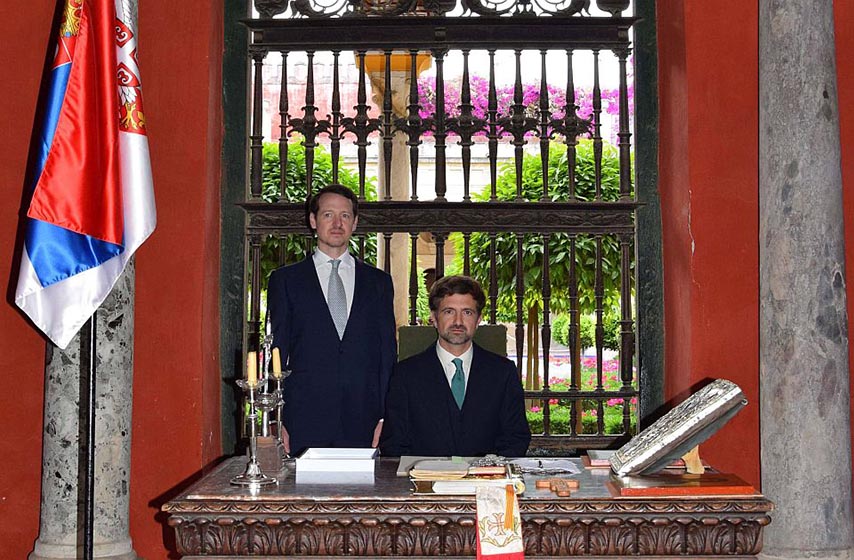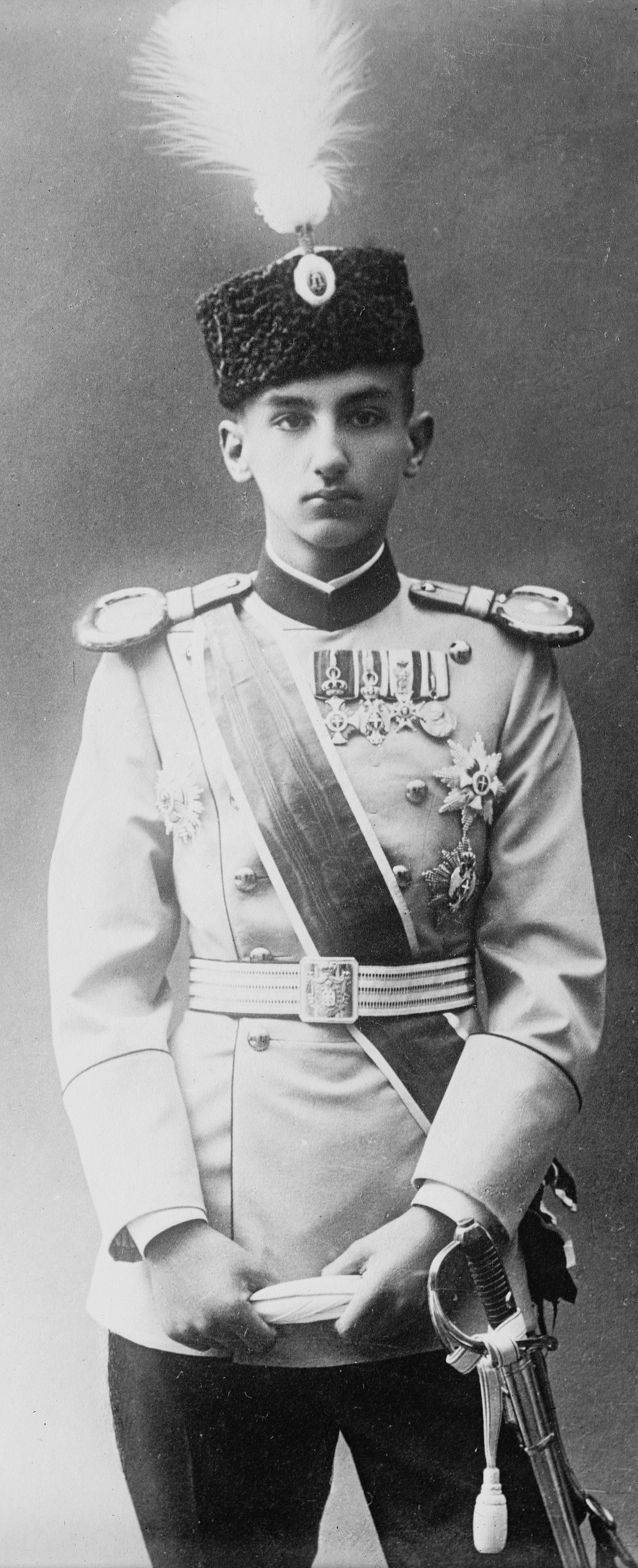On April 27, 2024, a significant event took place in Seville, Spain, as Prince Peter of Serbia renounced his right to the Headship of the Royal House. This decision marked a significant shift in the line of succession, paving the way for his brother, Hereditary Prince Philip, and his wife, Princess Danica, to take on the role.
The renunciation was witnessed by a gathering of family members, including Prince Peter’s mother, the Duchess of Segorbe, his stepfather, the Duke of Segorbe, and his siblings. This move has significant implications for the future of the Serbian royal family, as Prince Peter’s decision to relinquish his dynastic rights and those of any potential future children will shape the course of the monarchy. The event highlights the importance of family dynamics and succession planning within royal families.
what led Prince Peter to renounce his succession rights

what were the main reasons behind Prince Peter’s decision to renounce his succession rights

- Stability and Continuity: By renouncing his rights, Prince Peter ensured the continuation of the royal lineage through a more established and stable family structure, with his younger brother Hereditary Prince Philip and his family more deeply rooted in Serbian society and culture.
- Personal Choice: Prince Peter chose to relinquish his dynastic rights for himself and all his descendants, including those born or to be born out of wedlock, to maintain the integrity of the royal family’s lineage and ensure a clear and stable succession plan.
- Family Dynamics: Prince Peter’s decision was also influenced by his personal life, as he did not intend to return to Serbia and instead planned to continue living in Spain. This choice was seen as a way to prioritize his own happiness and well-being over his royal duties.
- Legal and Traditional Considerations: The renunciation was not without controversy, as some questioned its legal validity due to the location of the ceremony outside of Serbia and the lack of adherence to traditional procedures and rules of the Royal Family.
what are the personal reasons behind Prince Peter’s decision
 |
| Hereditary Prince Philip and his older brother Prince Peter during the renunciation. |
On 27 April at Casa Pilatos in Seville, Prince Peter of Serbia renounced his right of succession to the Headship of the Royal House. Among others, Peter’s act of renunciation was witnessed by his mother the Duchess of Segorbe, his stepfather the Duke of Segorbe, his brother Prince Philip and his sister-in-law Princess Danica. Prince Peter has given up his dynastic rights as well as those of any children he may have in future. Philip and Danica, who live in Belgrade, are the new Hereditary Prince and Princess of Serbia.
 |
| Crown Prince Alexander of Serbia and Princess Maria da Glória of Orléans-Braganza on their wedding day. Prince Regent Paul of Yugoslavia can be seen to the far right of the photograph. |
 |
| The Royal Wedding of the Karageorgevich and Orléans-Braganza. (left to right): Prince Juan Carlos of Spain, the Count of Paris, Princess Sofía of Spain with her children (Infante Felipe, Infanta Cristina, and Infanta Elena), the Countess of Barcelona, Princess Maria da Glória, Prince Alexander, Princess Anne, King Constantine of Greece (with his children Crown Prince Pavlos and Princess Alexia in the front), Infante Alfonso of Spain, and Queen Anne-Marie of Greece. |
 |
| The newlyweds: Crown Prince Alexander and Crown Princess Maria da Glória of Serbia. |
 |
| The Chicago Tribune of 6 February 1980 heralds Prince Peter’s arrival. |
On 5 February 1980, the prince was born at Chicago, Illinois, as the first child of Crown Prince Alexander of Serbia (b.1945) and Princess Maria da Glória of Orléans-Braganza (b.1946). Alexander and Maria da Glória had married in 1972. Their infant son’s name paid tribute to both the father and mother’s fathers: King Peter II of Yugoslavia (1923 – 1970) and Prince Pedro Gastão of Orléans-Braganza (1913 – 2007). At his christening, Prince Peter received his cousin Prince Alexander of Yugoslavia (1924 – 2016), the only surviving son of Prince Regent Paul of Yugoslavia and Princess Olga (née Greece and Denmark), as his godfather.
prince peter renunciation
As we conclude our exploration of the significant event where Prince Peter of Serbia renounced his succession rights, we are reminded of the profound implications this decision holds for the future of the Serbian royal family. The renunciation, which took place at Casa Pilatos in Seville, marked a turning point in the line of succession, effectively transferring the rights to his younger brother, Hereditary Prince Philip. This shift in succession is crucial, as it ensures the continuation of the royal lineage through a more established and stable family structure, with Prince Philip and his family more deeply rooted in Serbian society and culture.
The decision has sparked a range of reactions, from those who support Prince Peter’s choice to those who question its validity. While some have praised the move as a bold step towards ensuring the future of the royal family, others have raised concerns about the legal and traditional implications of the renunciation. Regardless of the outcome, it is clear that the Serbian royal family is at a crossroads, and the path forward will be shaped by the decisions made by its members. As we move forward, it is essential to recognize the role that the royal family plays in the lives of their subjects and to respect their decisions, even when they may not align with our own expectations. The future of the Serbian monarchy is now in the hands of Hereditary Prince Philip, and we wish him and his family all the best as they navigate the challenges and opportunities that lie ahead.


